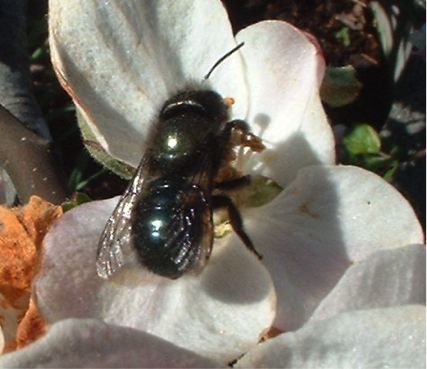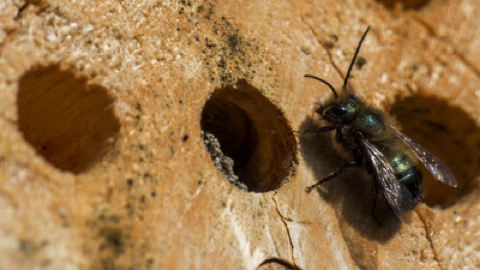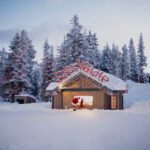SPES Saturday: Putting the Chill Back in Winter
 This post has been contributed by Kathleen Stormont, Fundraising & Communications Specialist with the Stanley Park Ecology Society (“SPES”). I have been following SPES since I moved into the West End almost a decade ago and I have been a member for two years. I wanted to offer the team an opportunity to share their news, events, and work so I have created “SPES Saturday” where they contribute and share stories with my audience once a month.
This post has been contributed by Kathleen Stormont, Fundraising & Communications Specialist with the Stanley Park Ecology Society (“SPES”). I have been following SPES since I moved into the West End almost a decade ago and I have been a member for two years. I wanted to offer the team an opportunity to share their news, events, and work so I have created “SPES Saturday” where they contribute and share stories with my audience once a month.
Putting the Chill Back in Winter
A lunchroom fridge offers native bees an edge in Stanley Park

A native orchard mason bee pollinates an
apple blossom. Photo by Red58bill, Wikimedia.org
Lunchtime at Stanley Park Ecology Society (“SPES”) can be a tricky affair. A moment of inattention and someone’s grabbing a yogurt container full of mason bees from the fridge, or mixing up their sandwich sprouts with the wild flower seeds germinating in the crisper. With a little forewarning, though, SPES staffers willingly navigate around these fridge obstacles, cognizant of the important conservation role their fridge plays in Stanley Park.
Unlike Vancouver’s increasingly variable winter temperatures, a fridge’s interior provides a consistent chill that’s perfect for animals and plants adapted to cold winters. The larvae of mason bees, for instance, rely on an even cold temperature to keep them “asleep” in cocoons over winter – emerging only with the warmth of spring and blooming flowers. A sudden onset of warm winter temperatures, though, can stimulate the bees to emerge too early when their flowery food source isn’t yet available; a return to regular winter temperatures can also threaten the newly hatched bees’ survival.
SPES works to support these important pollinators by providing them with mason bee “condos” or blocks of tubes in which the solitary bees live. In late fall, SPES volunteers clean out the bee condos, wash any parasitic mites off the bee cocoons, and store the cocoons in the safety of our fridge until spring.


(Left) An orchard mason bee rests on its “condo”. Photo by Michael Schmidt. (Right) A SPES volunteer removes mason bee cocoons from the bee “condo” in late fall. Photo by SPES.
Like many bee species around the world, our blue orchard mason bees (Osmia lignaria) are threatened by loss of habitat, pesticide use, and pollen mites. Although we are hosting only a small number of mason bees (about 300), the benefits may be significant: six mason bees will pollinate one fruit tree compared to 10,000 honey bees!
In Stanley Park, the bees work hard to pollinate early spring flowers like our native salmonberries. A single mason bee will visit between 1,600 to 2,400 blossoms daily, and pollinate over 90% of them. SPES’ biggest mason bee collection lives outside our offices on the porch of the Stanley Park Dining Pavilion.
You can visit other mason bee condos in the Stanley Park Rose Garden and in our Native Plant Demonstration Garden.
Keeping mason bees in your own garden is an easy way to promote pollination and support this important pollinator. Learn about mason bees and their care online – and remember to label that yogurt container in your fridge.










